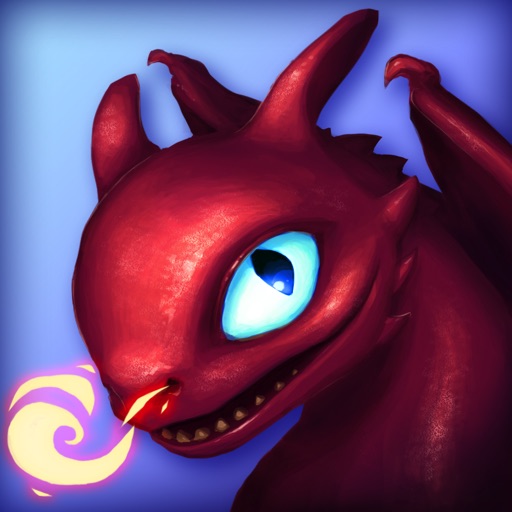

For many users, Neopets became less about the pets, and more about the shared community that they were building together - such was the power of the forums.Ĭhatrooms became a big deal online in the ’90s, but they were rarely appropriate for young people.
#ONLINE DRAGON PET GAME TV#
Forums provided a moderated space to hang out and share jokes, give or receive advice, or talk about favorite TV shows (though there weren’t really any memes yet this was 1999). NeopetsĪnd crucially, Neopets was a place to make online friends, pets aside. Neopets users - Neopians, we were called - spent hours creating custom profile pages. And Neopets presented a unique take on the real-world stock market, called the NEODAQ, to teach kids some wayward economics by inviting them to invest in fake Neopian companies. The profile pages where users could show off their family of pets were fully customizable through basic HTML and CSS, a veritable first lesson in coding.
#ONLINE DRAGON PET GAME HOW TO#
In some ways, the website was a productive way for kids to spend time that went beyond learning how to care for fake animals. Indeed, living online gave Neopets the latitude to be much more than just a pet playground. Neopets had the infinite space of the internet at its disposal. If you and a friend each had a Tamagotchi, your pets couldn’t hang out or play together. Plus, Tamagotchi was an individual pursuit, while Neopets were inherently social. Just the fact that anyone could own four Neopets at once put one over on Tamagotchi, which locked owners into a single creature that could die at any moment. Neopets, by contrast, were colorful, distinguishable from each other, and undeniably cute. And on the Tamagotchi’s extremely small screen, the little monster characters looked like nothing more than pixelated blobs on a gray background. They whined to be fed, ate, pooped, slept, then whined to be fed again. But the little Tamagotchi characters couldn’t do very much. Tamagotchi had become ubiquitous after they launched in 1996 - for a while, the small, egg-shaped toys with a virtual pet on a screen were seemingly in every elementary schooler’s backpack. Virtual pets were not unheard of in the 1990s. Instead, pet owners could play several different games (from a version of solitaire to a version of Whack-a-Mole) and buy, trade, or sell various in-game items to collect “Neopoints.” Raking in the Neopoints dough was as important as keeping your Neopets fed - because you could use the points to buy them fancy outfits, toys, and food, and then you could brag to all of your friends about how rich you were on your public profile page. There was a financial component too, thought it didn’t involve any real-world currency. (If you think they sound kind of like Tamagotchi, you’re not wrong more on that in a second.) Neopets could even have their own pets to take care of, which was pretty meta. The whole point was to care for the pets, feeding and playing with them on a regular basis. Neopets ultimately evolved into something magical, and an inextricable part of many a millennial’s formative years.Ĭreated by a 20-something British couple, Neopets was based on a simple concept: Users owned up to four of the eponymous pets, which were slightly tweaked versions of animals both real and mythical, like puppies, penguins, and dragons. But 1999 would be a decent guess, and November 1999 an especially good one, as it marked the launch of Neopets: a kid-friendly social network that combined virtual pets with discussion forums, games, and even a stock market. It’s hard to pinpoint when, exactly, kids and teens became 100 percent plugged in - fully online, all the time.


 0 kommentar(er)
0 kommentar(er)
